Ultimate Guide to Keyboard Lubricants: Find Your Perfect Match

Navigating the vast selection of keyboard lubricants can be daunting, but choosing the right one is key to enhancing your overall experience.
Understanding Lubricant Types: The range of greases and lubricants, like Krytox GPL 205g0, 206g0, 105, Tribosys 3203, 3204, Krytox XHT-BDZ, and Loob-3G, caters to different needs. Each has unique properties, from viscosity to durability, making them suitable for various keyboard mechanisms.
The most common lubricants, like Krytox GPL 205g0 and Tribosys 3203, are designed for specific keyboard components and needs. Krytox GPL 205g0, a thicker grease, is ideal for both switch housing (while deepening the overall acoustics) or stabilizer housing to eliminate rattle, while Tribosys 3203, being thinner, is perfect for switch housings for a smooth keystroke without altering the switch's inherent characteristics.
Krytox XHT-BDZ is a very high-viscosity lubricant, excellent for stabilizer wires. We wouldn't recommend this for any type of switch or stabilizer housing.
Loob-3G is among the most cost-effective lubricants and is about as thick as Tribosys 3203. This lubricant is great in a bottle and less dense than 205g0 - you can apply a much thicker layer without the worry of your switch becoming mushy.
Identifying Your Needs: Your choice should depend on your keyboard's design and your personal preference. For tactile switches, a lighter lubricant like Tribosys 3203 or 3204 preserves the tactile bump. Linear switch enthusiasts might prefer Krytox GPL 205g0 for a buttery smooth feel. We recommend Krytox GPL 105 for springs as it makes it easy to apply consistently via a good old bag toss. For those dealing with very high friction points, Krytox XHT-BDZ is a go-to for its thick consistency, particularly useful in stabilizer wires. Our go-to combination for stabilizers is Krytox GPL 205g0 on the housing and XHT-BDZ on the wire.
Actionable Tips:
- Match the lubricant's viscosity with your switch type: thinner for tactile, thicker for linear.
- Use a small brush for precise application and avoid overlubricating to maintain switch integrity.
- Test lubricants on a single switch or stabilizer before committing to your entire keyboard to see how you like it.
- Consider the sound profile you desire; thicker lubricants tend to deepen the sound more. While a thinner lubricant can help retain the stock sound.
- Regular maintenance is crucial; re-lubricate as necessary to keep the typing experience consistent.


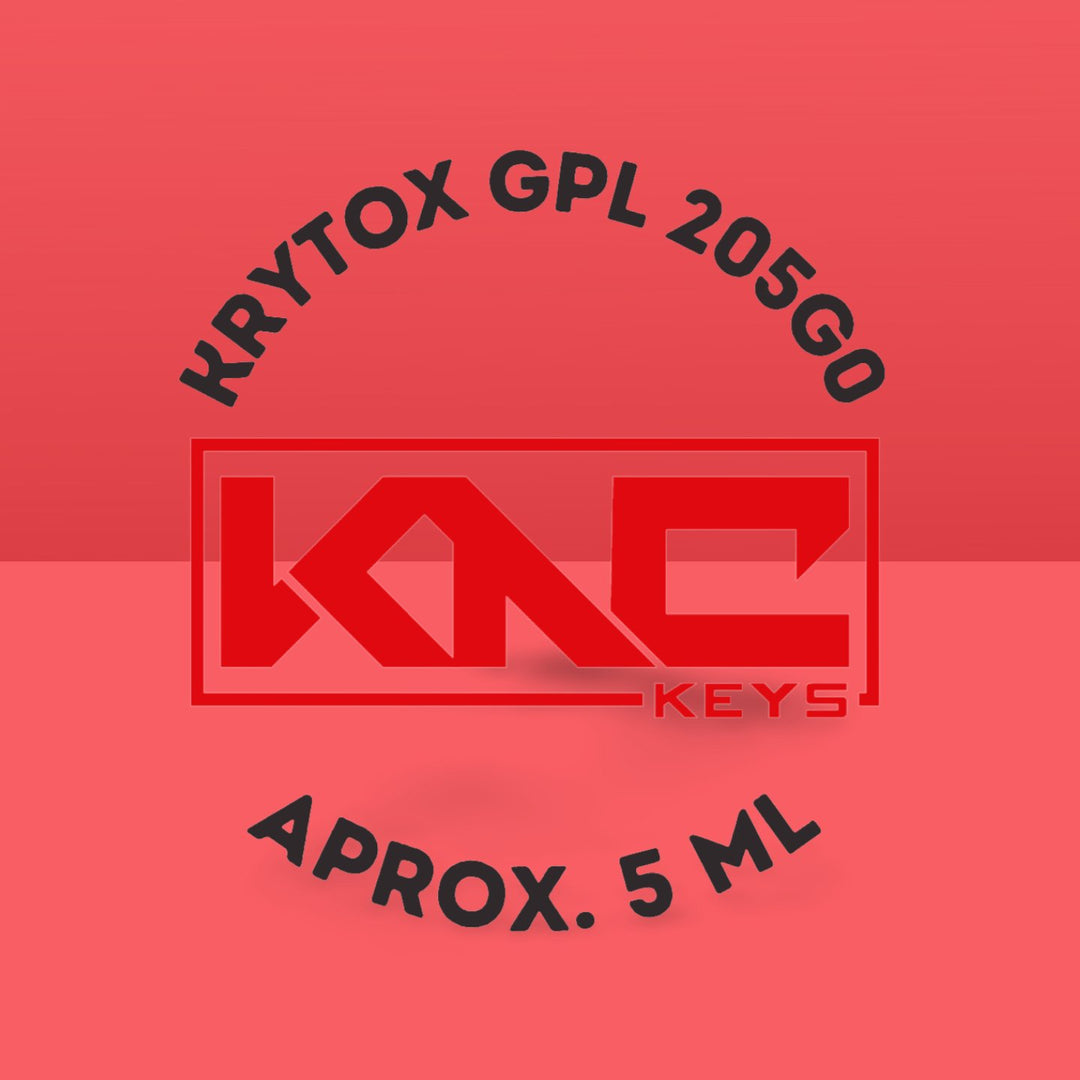
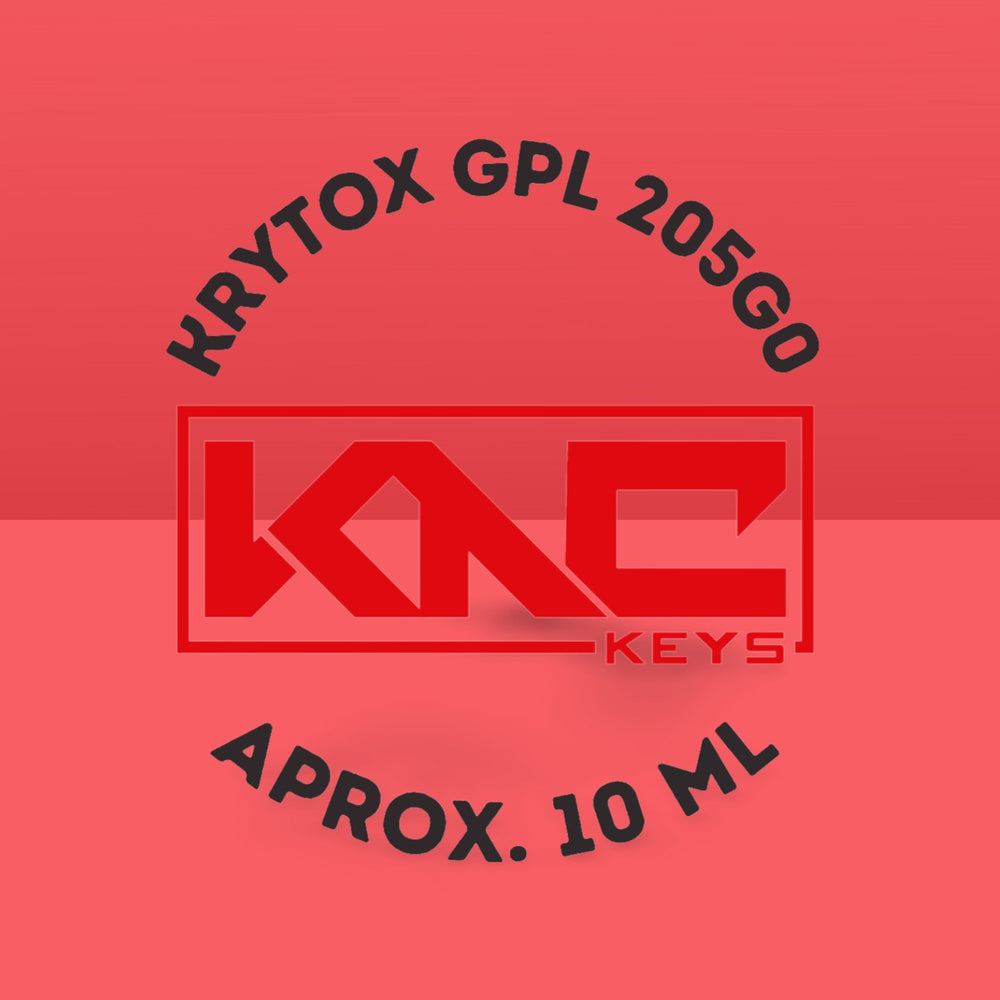
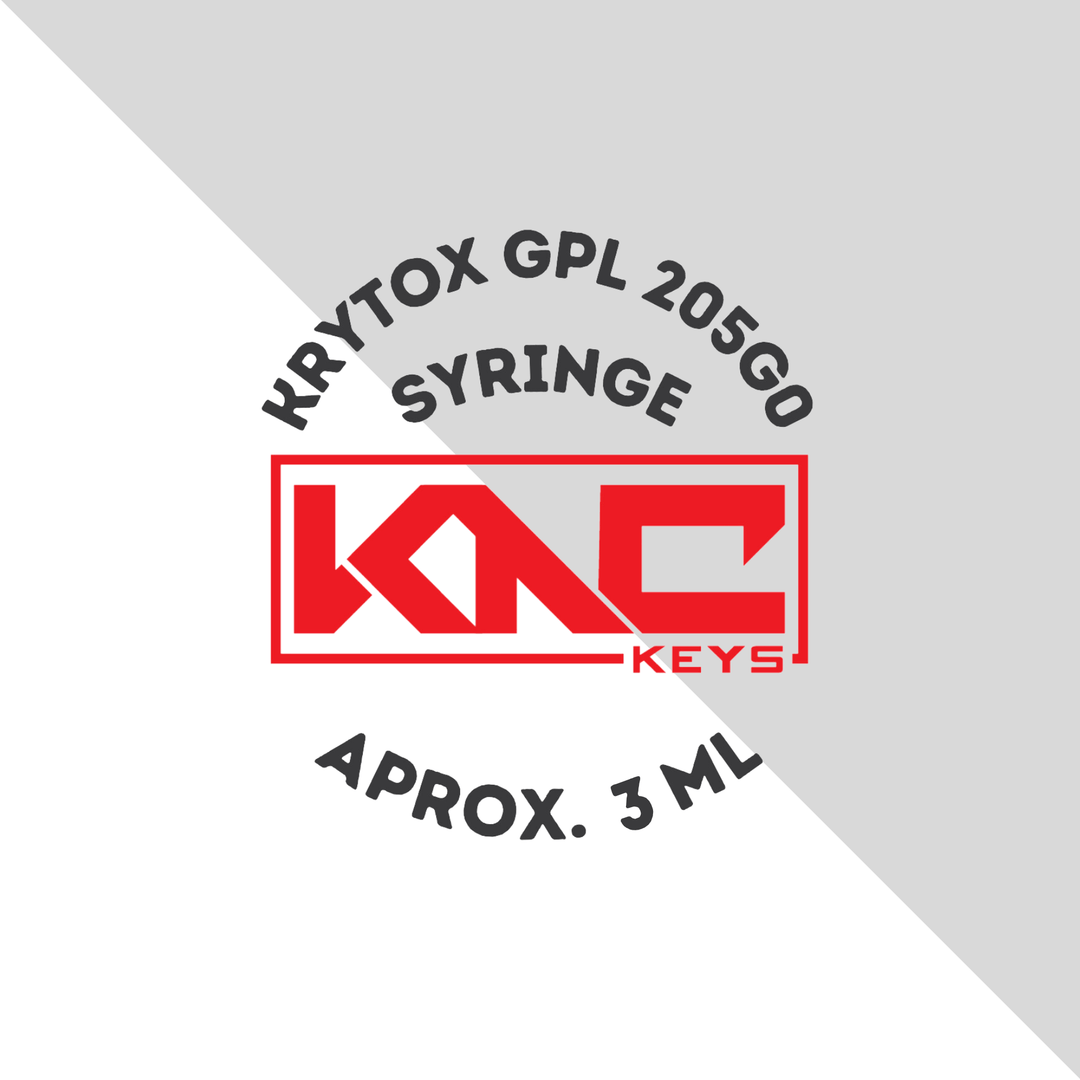

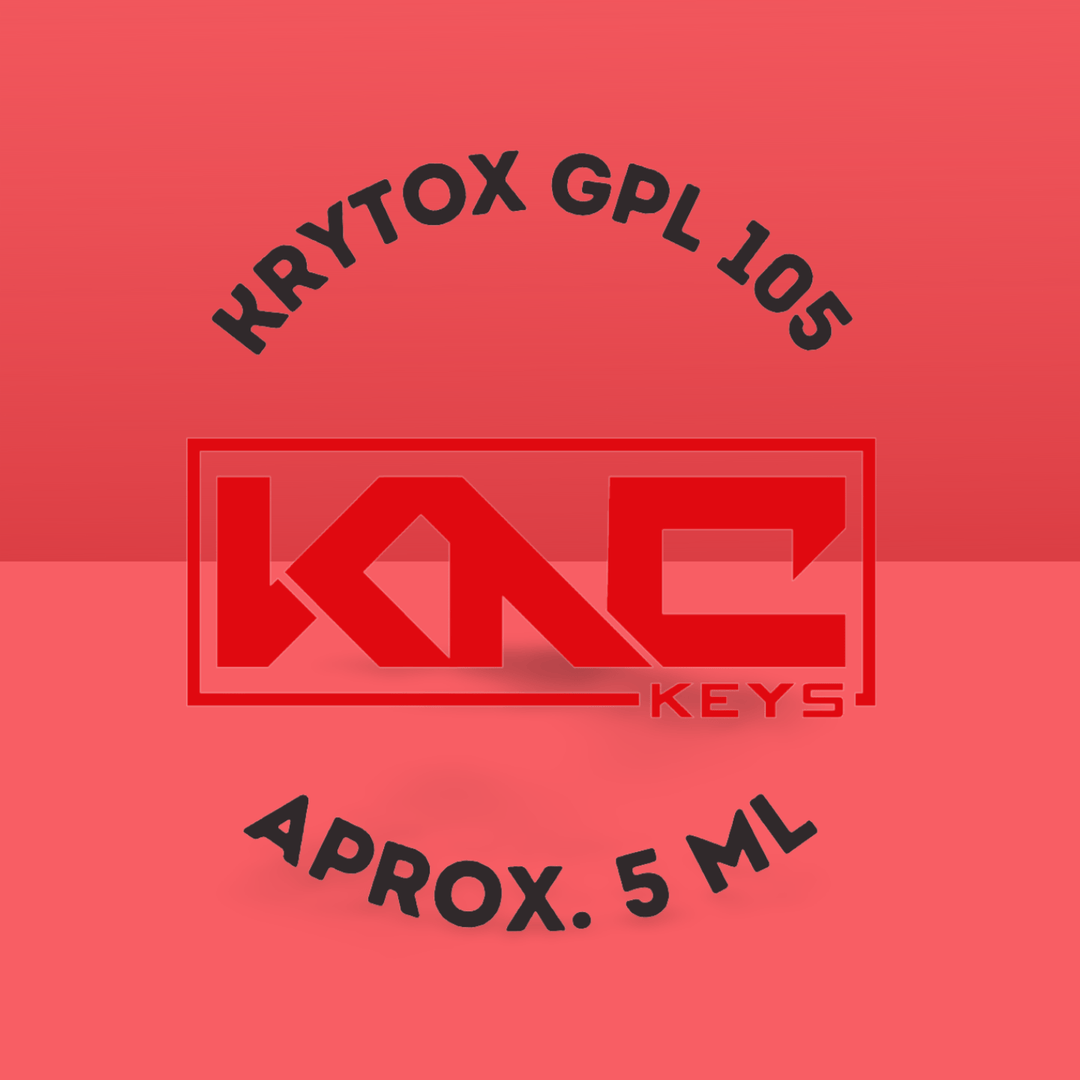
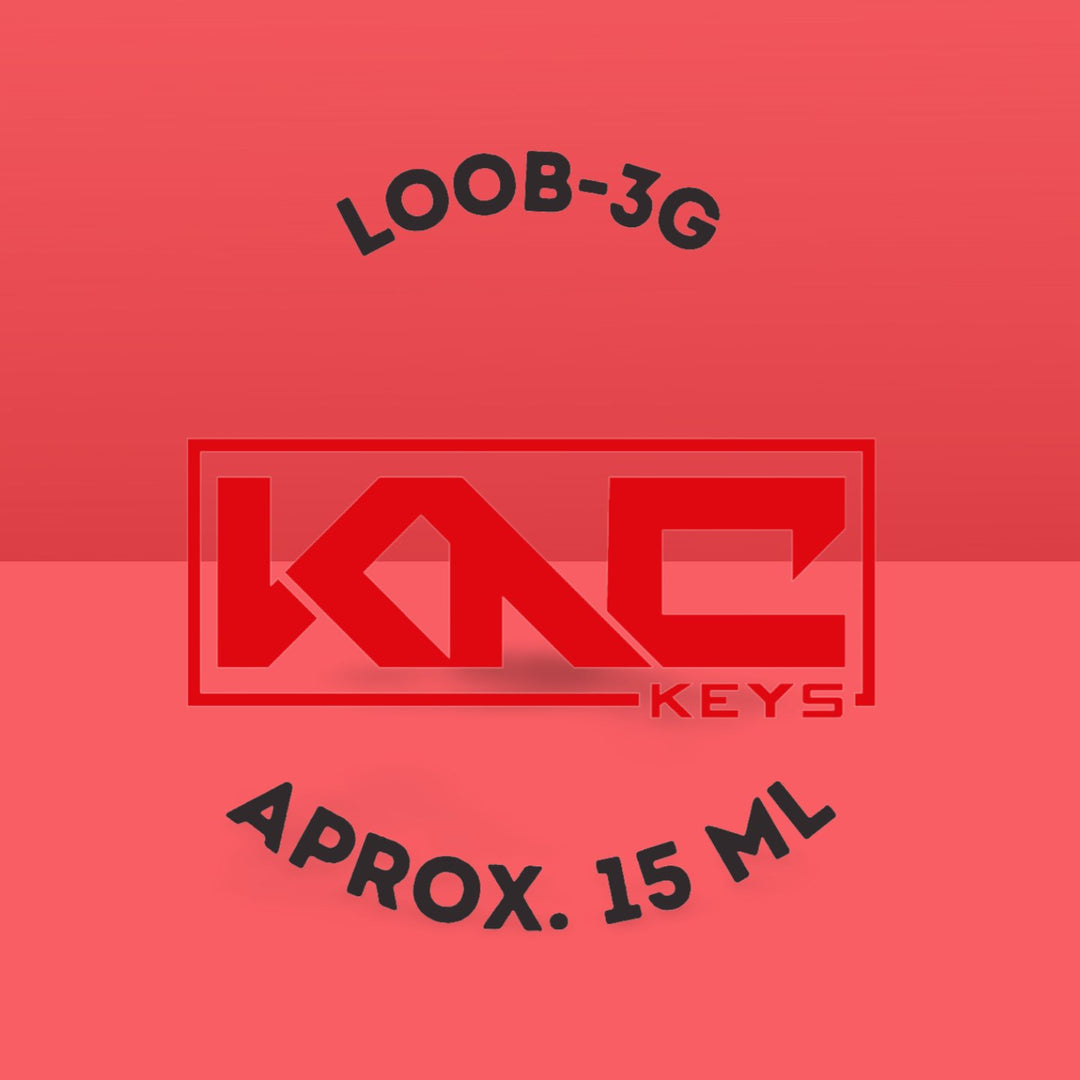
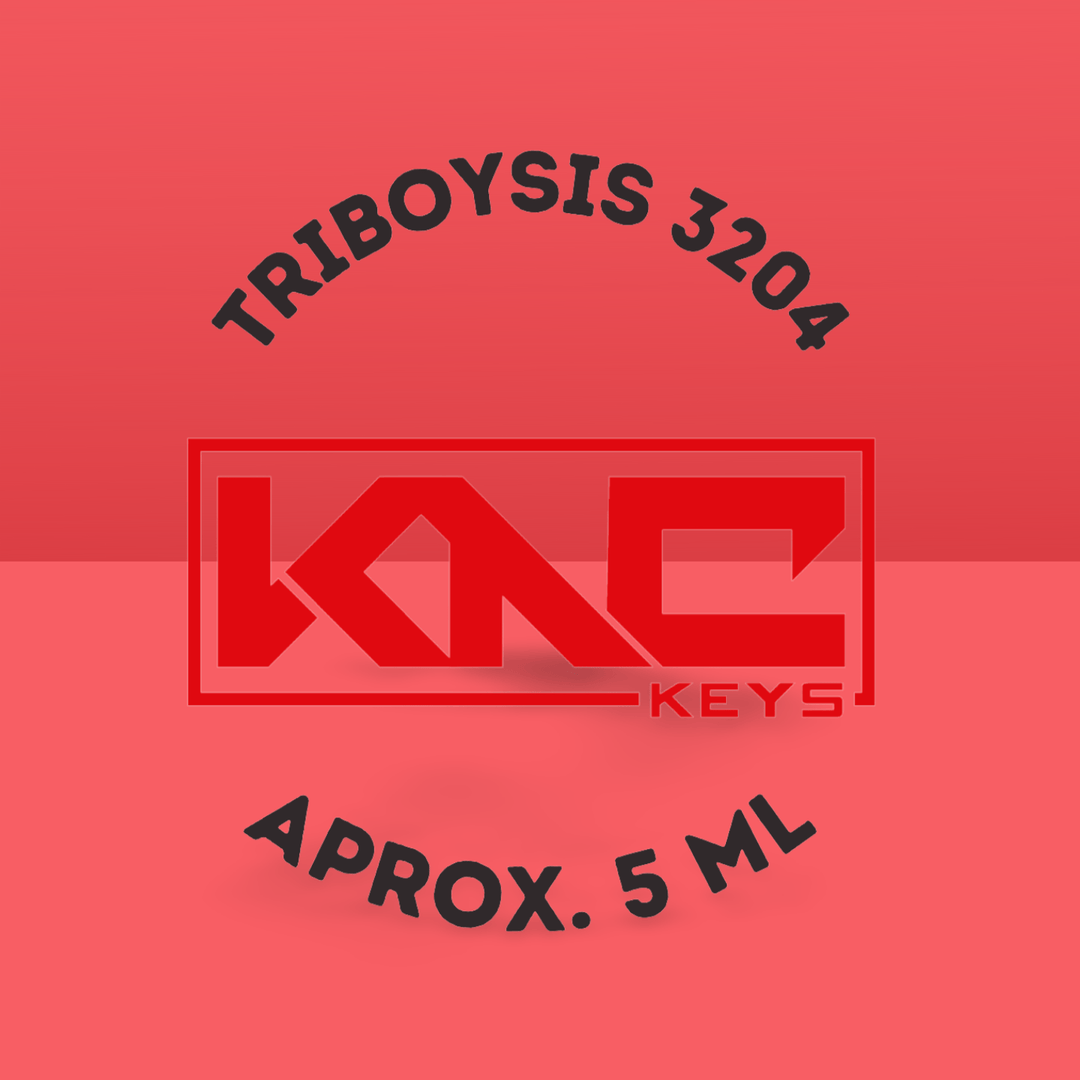
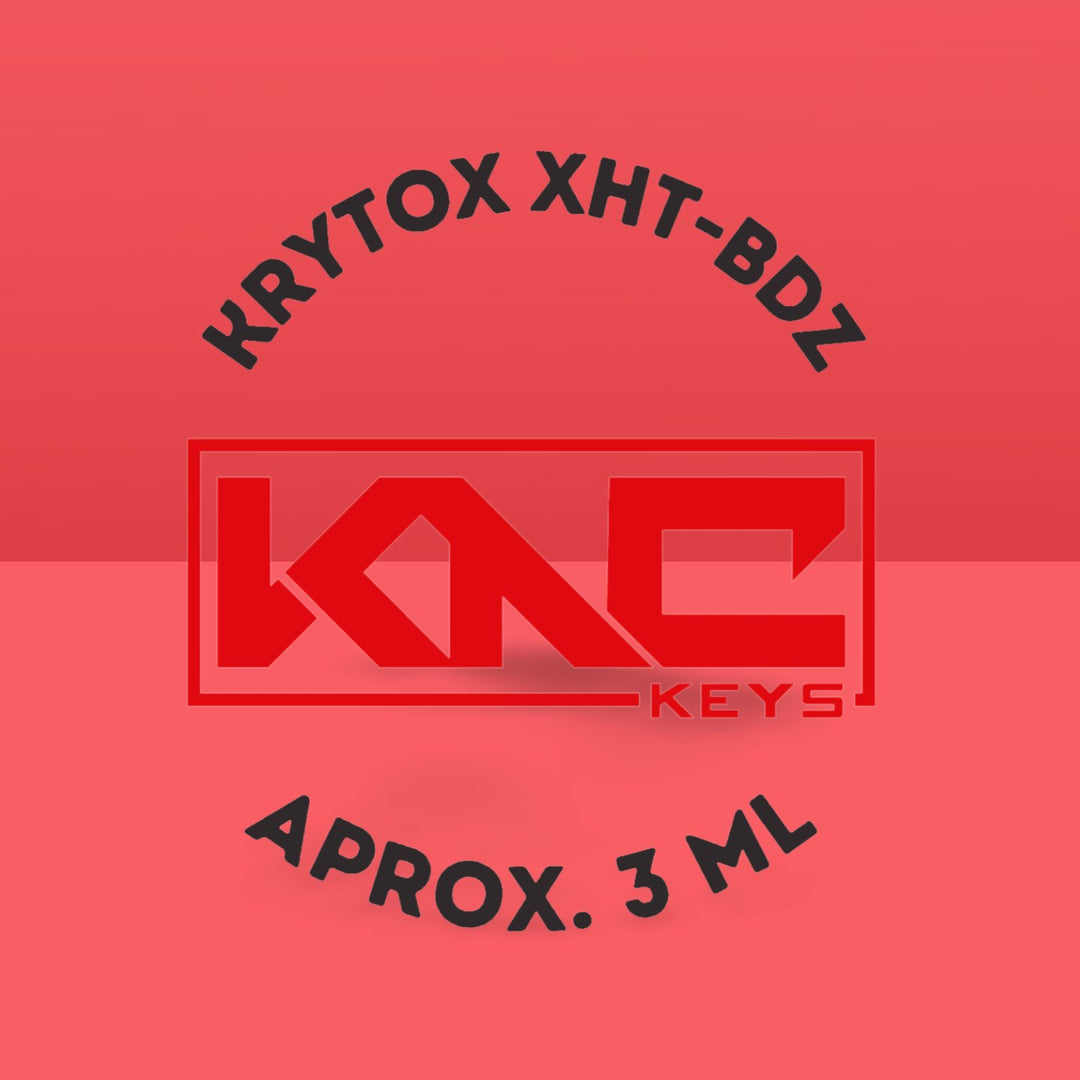
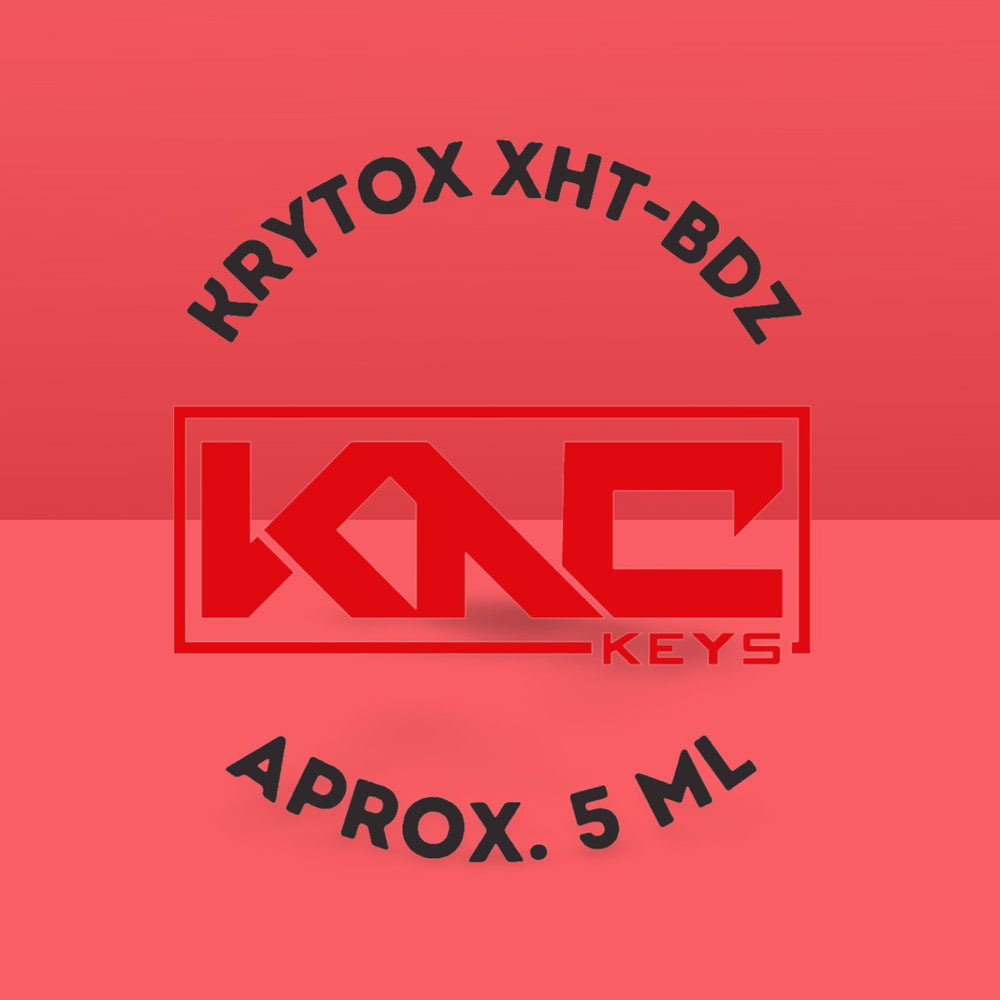
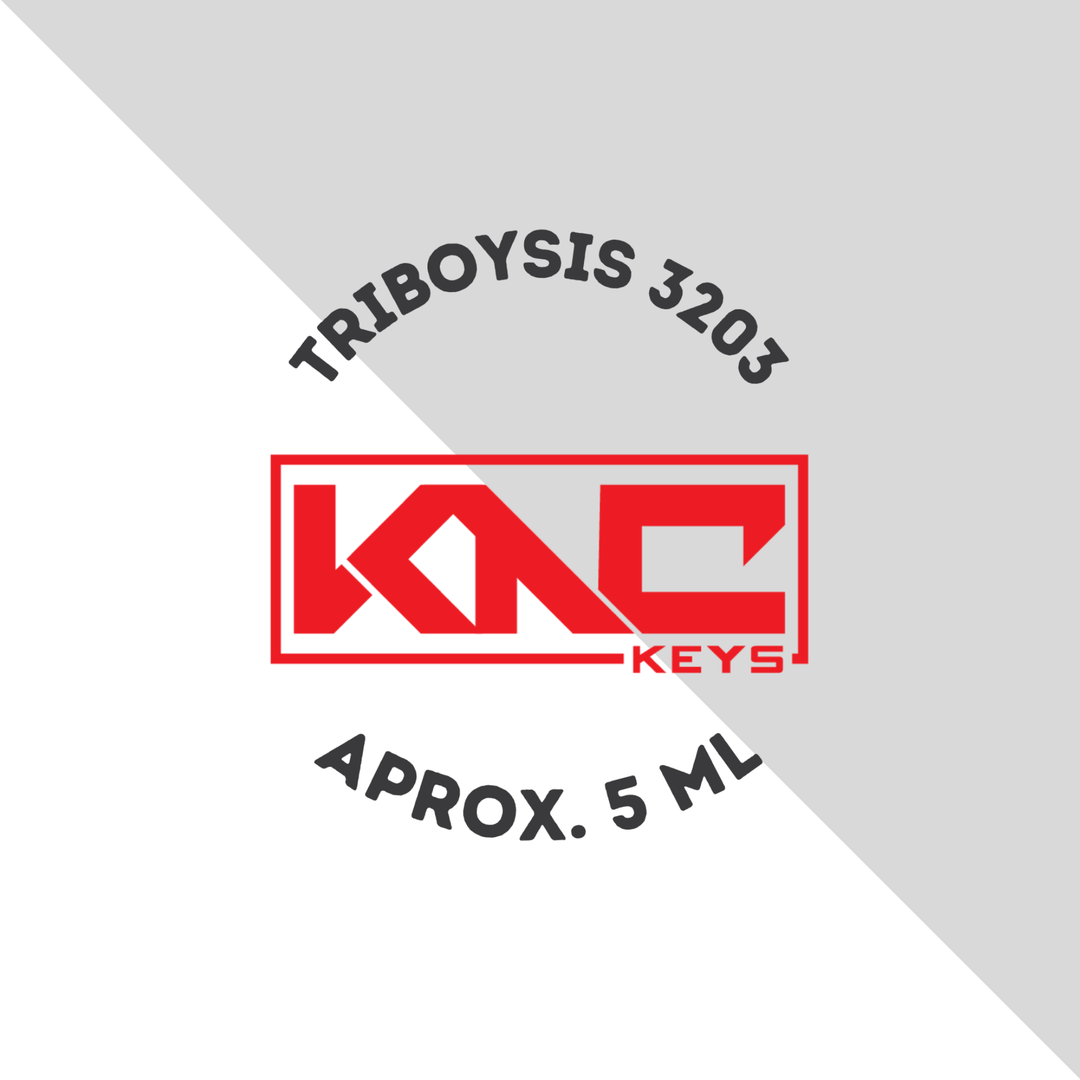
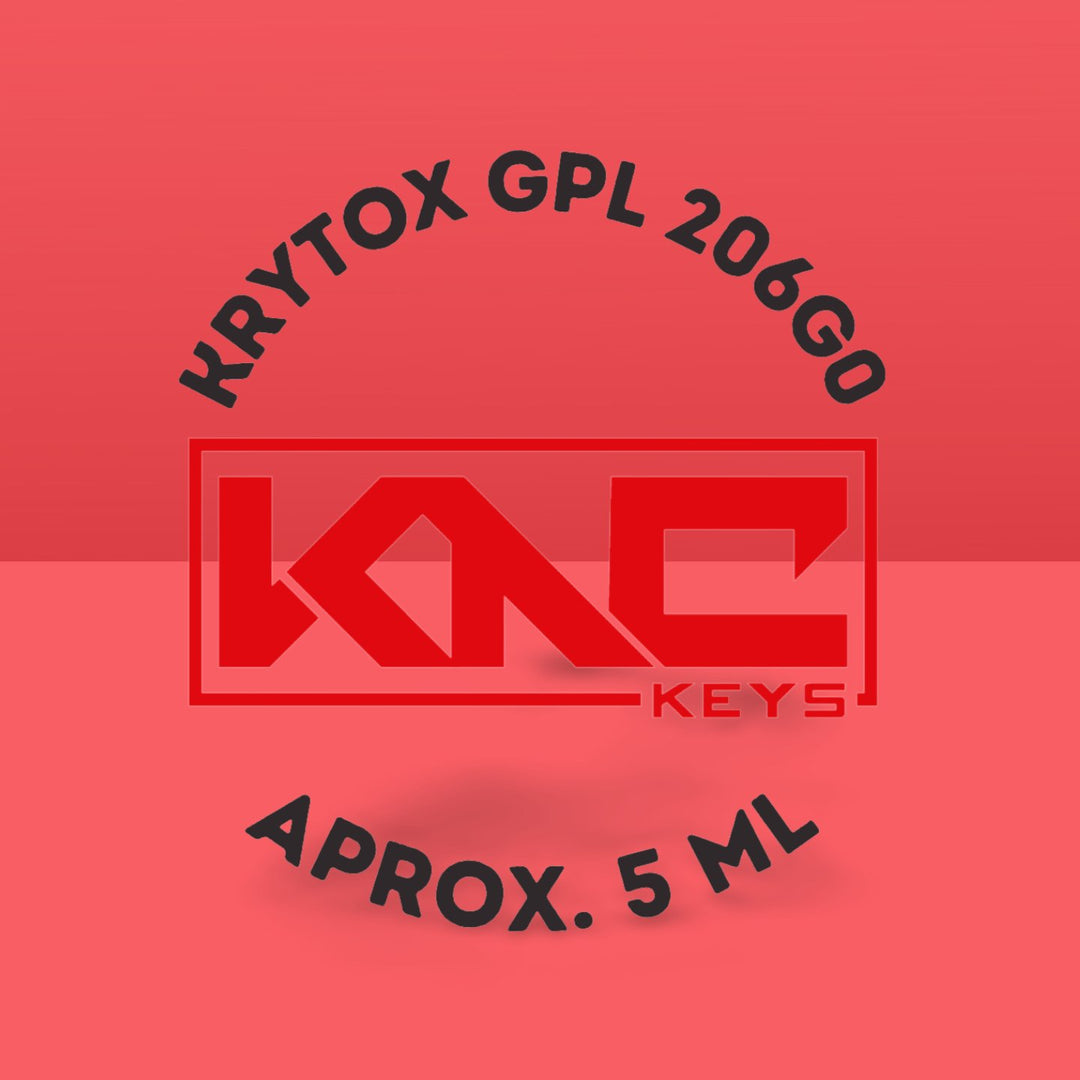
Leave a comment